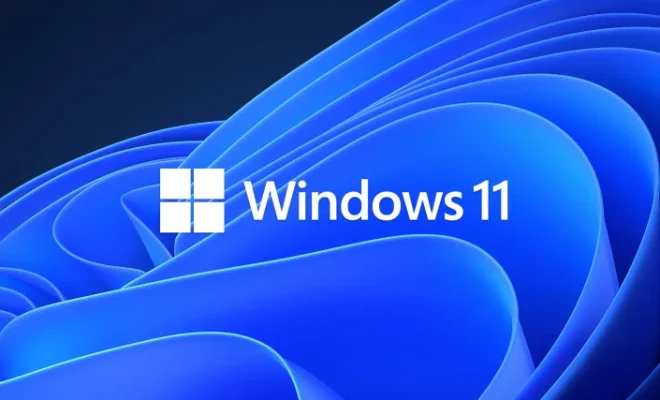How to Install Hyper-V on Windows 11 Home

As a virtualization technology, Hyper-V has become increasingly important in recent years. By allowing multiple operating systems to run on a single physical machine, it can help streamline resource utilization, reduce costs, and increase overall flexibility. If you’re looking to install Hyper-V on Windows 11 Home, here are the basic steps to follow.
- Check system requirements
Before installing Hyper-V, you need to make sure that your hardware and software meet the necessary prerequisites. Your computer must have a 64-bit processor with Second Level Address Translation (SLAT), at least 4 GB of RAM, and sufficient hard drive space. Additionally, your version of Windows 11 Home must support Hyper-V, which means you need to have the Pro or Enterprise edition.
- Enable virtualization in BIOS
Next, you need to check if virtualization is enabled in your BIOS. To do this, restart your computer and enter BIOS setup by pressing the applicable key (usually F2 or Delete) during the initial boot sequence. Look for an option like Virtualization Technology, Intel Virtualization Technology, or AMD-V, and make sure it’s enabled. Save the changes and exit BIOS.
- Turn on Hyper-V feature
Once you’ve verified that your system is compatible with Hyper-V, you can proceed to turn on the feature. Open the Start menu and search for “Turn Windows features on or off.” Click the result and find Hyper-V in the list of features. Check the box next to it and click OK. Windows will now install the necessary files and restart your computer.
- Create virtual machines
After your computer restarts, you can start using Hyper-V to create virtual machines. Open the Start menu and search for “Hyper-V Manager.” Click the result to open the manager, and then click “New” in the top-right corner. Follow the wizard to create a new virtual machine, specifying the desired operating system, memory, hard drive, and other settings.
- Start and manage virtual machines
Once you’ve created a virtual machine, you can start it by right-clicking on its name in the Hyper-V Manager and selecting “Start.” You can also edit its settings by right-clicking and selecting “Settings,” and monitor its performance by clicking on the “Performance” tab. To shut down or restart a virtual machine, right-click its name and select the corresponding options.





